Beer and Calories: Making Intelligent Choices
If truth be told, beer offers the body little to no nutritional value. However, this…
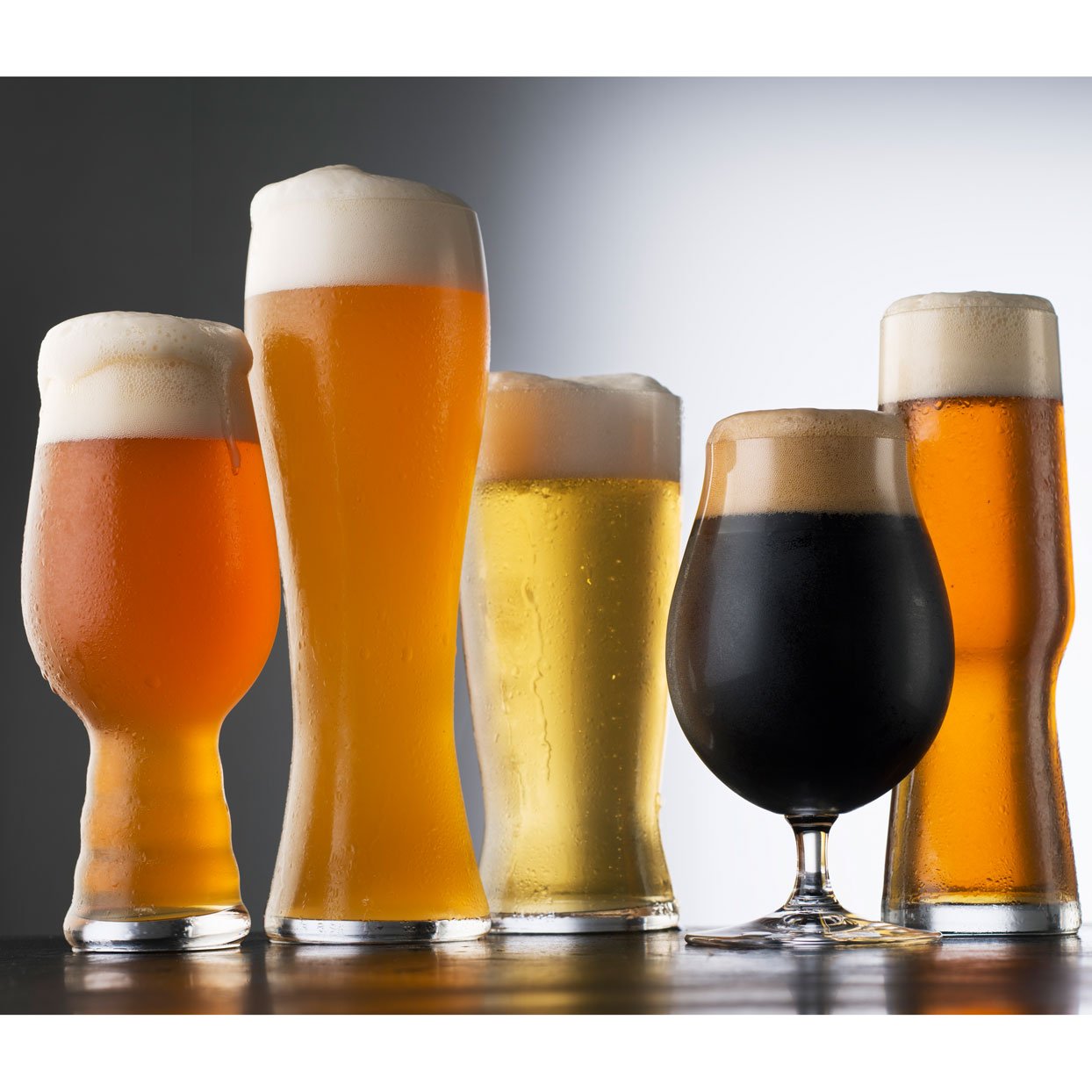
If truth be told, beer offers the body little to no nutritional value. However, this doesn’t mean you cannot drink beer for pleasure’s sake. While a lot of dietitians find nothing wrong with drinking beer, they also advise that people have some basic information about it to maintain their overall health.
One of these basic pieces of knowledge is understanding the calorie count in beer. In this post, we will be examining closely this closely in the hope that it will help you make more informed decisions whenever you want to drink a beer.
CALORIES AND BEERS
Every beer has a unique calorie count and this relies on the decision of the manufacturers. While many light beers have calorie counts ranging between 50 and 100 per 12-ounce serving, most strong beers on the market can contain an average of 150 calories in the same size of serving. You should know that a pint is equivalent to 16 ounces.
Two major constituents making up the calories in beers are carbohydrates and alcohol. The first is sugar and the second is starch. Both constituents are typically manufactured from unfermented grains. Manufacturers decide the calorie count a beer will have based on the content of the beer. This implies that stronger beers will typically have a higher number of calories since they contain more alcohol.
A healthy guideline reported by the DGA (Dietary Guidelines for Americans) should be 2 alcohol servings per day for men and 12 ounces daily for women. Typically, a serving, which is 12 ounces, contains 5% ABV (Alcohol by Volume). If you spend some extra effort to read the nutritional facts of beers, you will discover that a majority of domestic beers contain close to 5% ABV. While many people choose strong beers for varying reasons, others go for alternatives like anabolic-androgenic steroids to get similar effects and cut their daily calorie intake.
One of the alternatives people tend to go for is non-alcoholic beers. Typically, these beers contain a significantly lower ABV (lower than 0.5%) per serving. Hence, you will need close to 10 of these beers to equal the average ABV in alcoholic beers.
It is imperative that you pay close attention to the documented ABV in the beer you are about to consume as some of them contain higher volumes of alcohol. Some beers may contain up to 7% ABV in less than one serving. Hence, this emphasizes the need to be vigilant when making any decisions on the beer you will most likely consume.
You should go for low-carb beers to maintain your overall body health and if you find yourself surfing the market for this type of beer, you should pay attention to the labels. Typically, low-carb beers will have either “under 120” or “light beer” on their labels.
SUGAR CONTENT IN BEERS
According to experts, most beers contain little or no sugar. The reason for this is the fermentation process of the yeast. This process converts sugars to alcohol, leaving little or no sugar left in the beer. However, you should know that many specialty beers may contain more sugar than others.
BEER WARNINGS AND ADVANTAGES
One of the many advantages of drinking beer is that it helps in maintaining good cholesterol levels. The downside to drinking beer only occurs when drinking it becomes excessive, which may result in weight gain, liver or heart diseases, high blood pressure or stroke.
Also, you should know that drinking excessive amounts of beer will make you hungrier, hence prompting you to eat more. This is the main reason why excessive beer drinkers tend to gain more body weight than people who don’t drink at all.




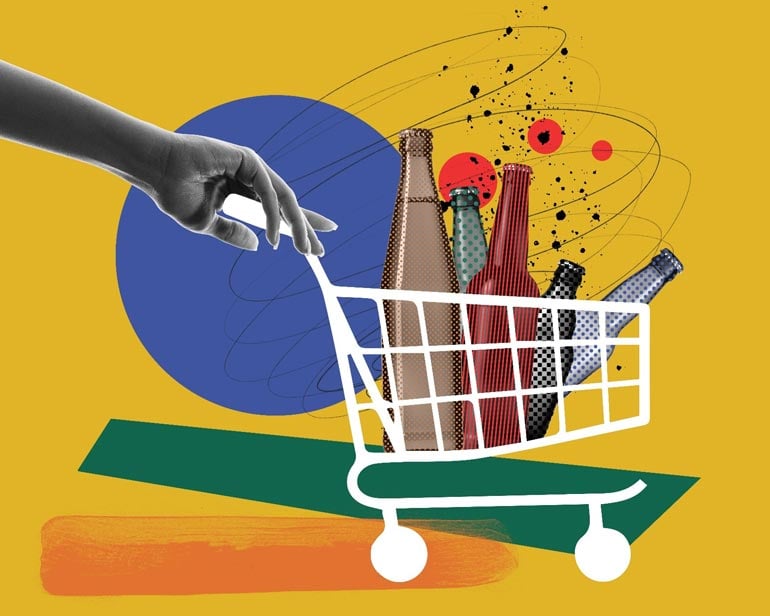





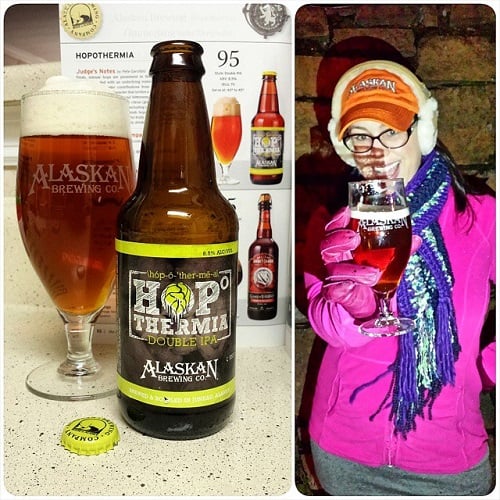
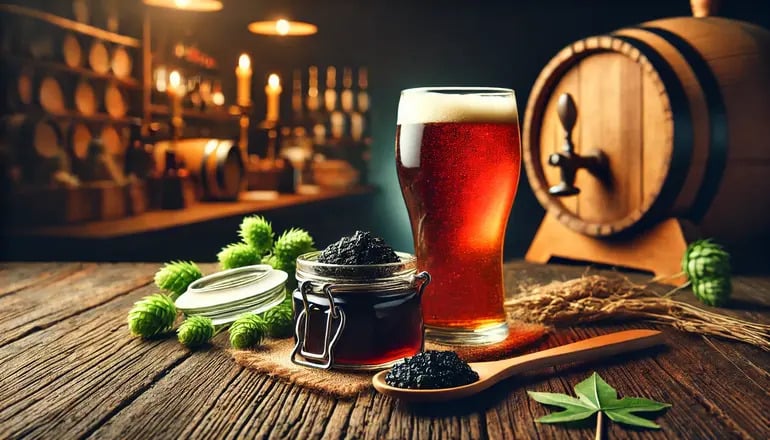

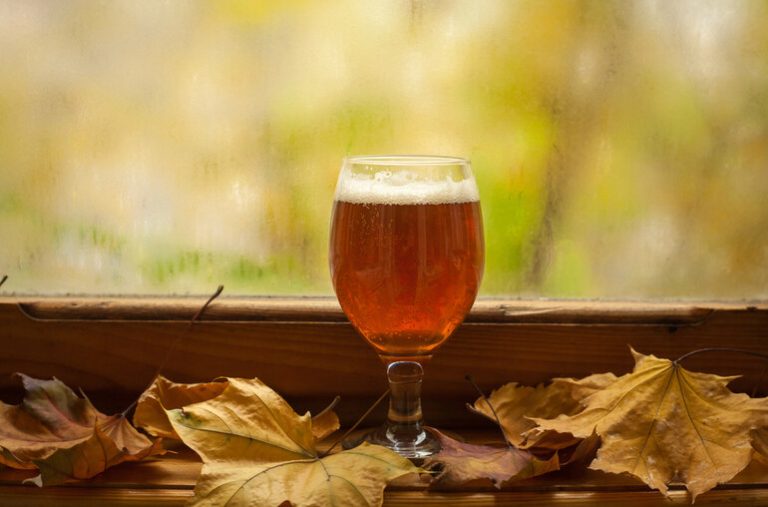


Comments 0
No Readers' Pick yet.